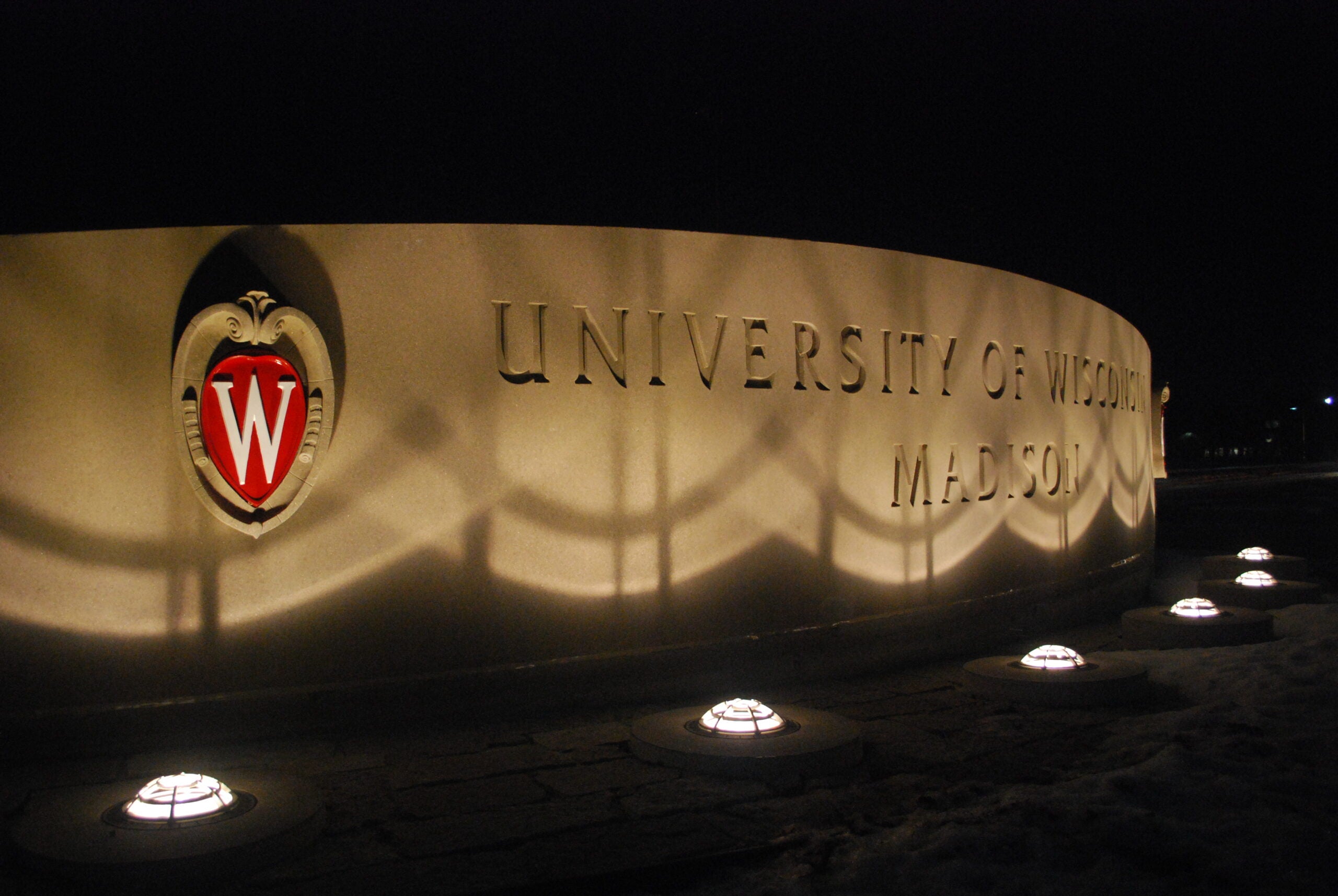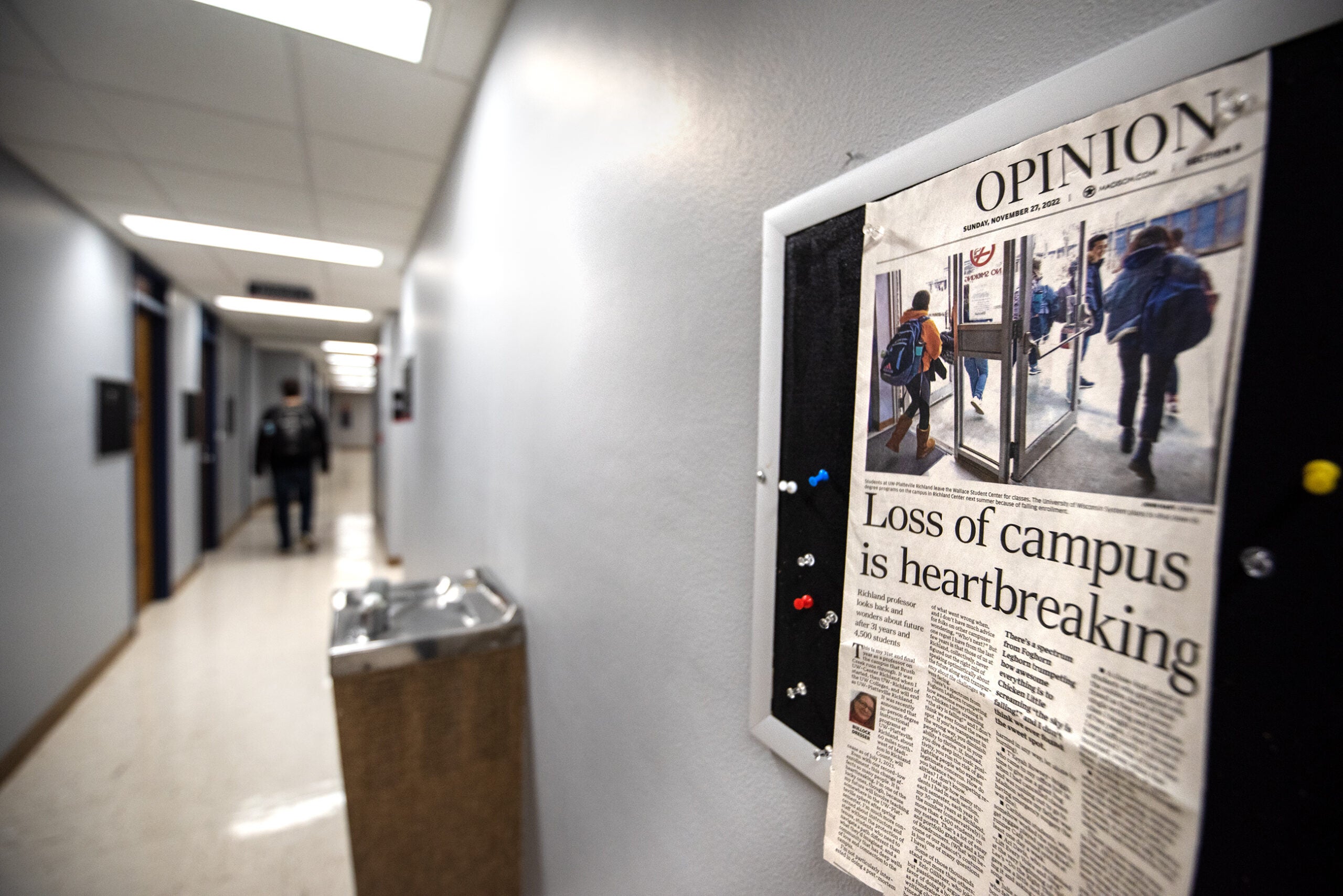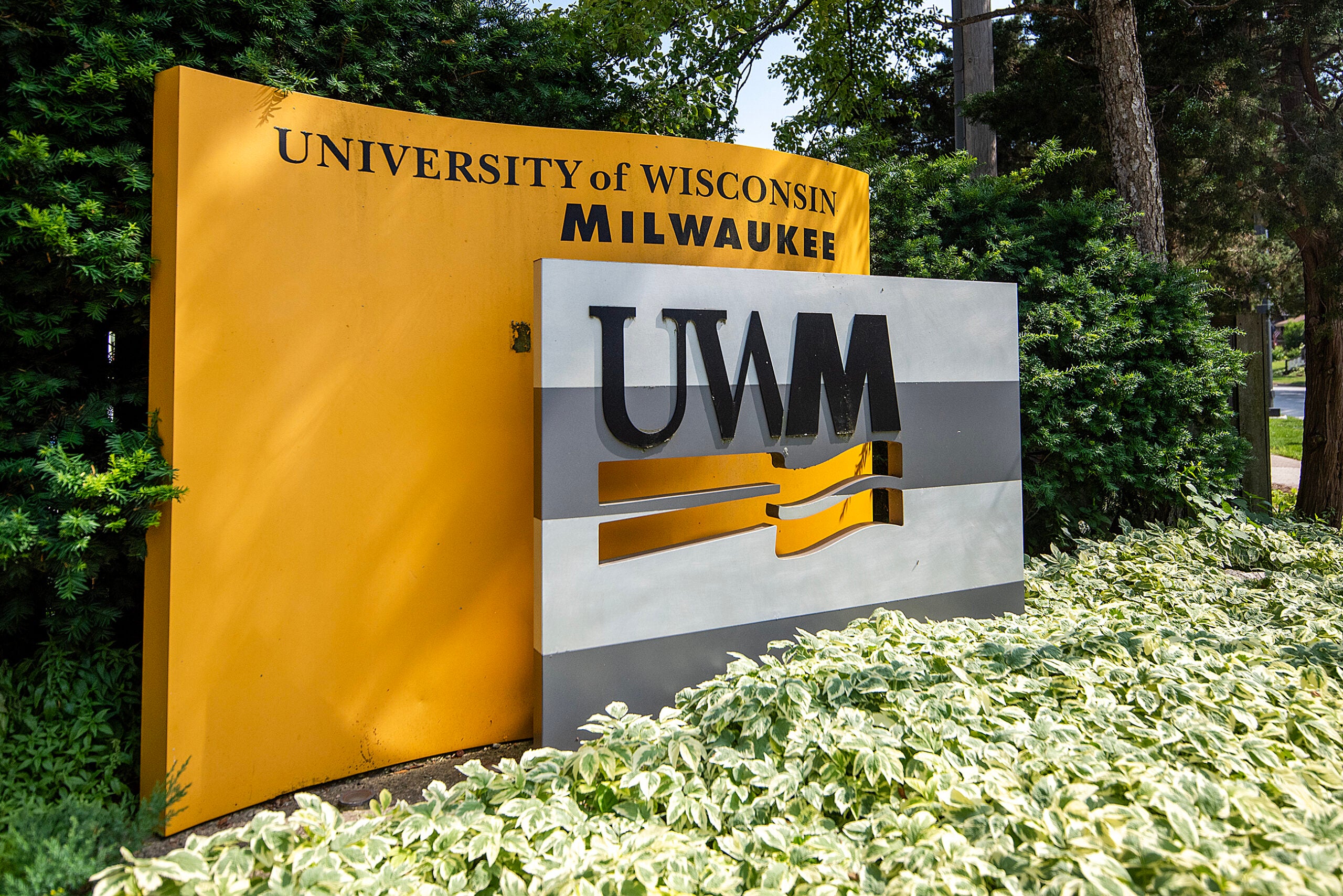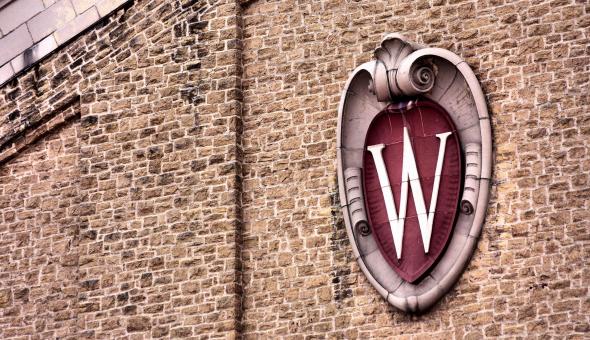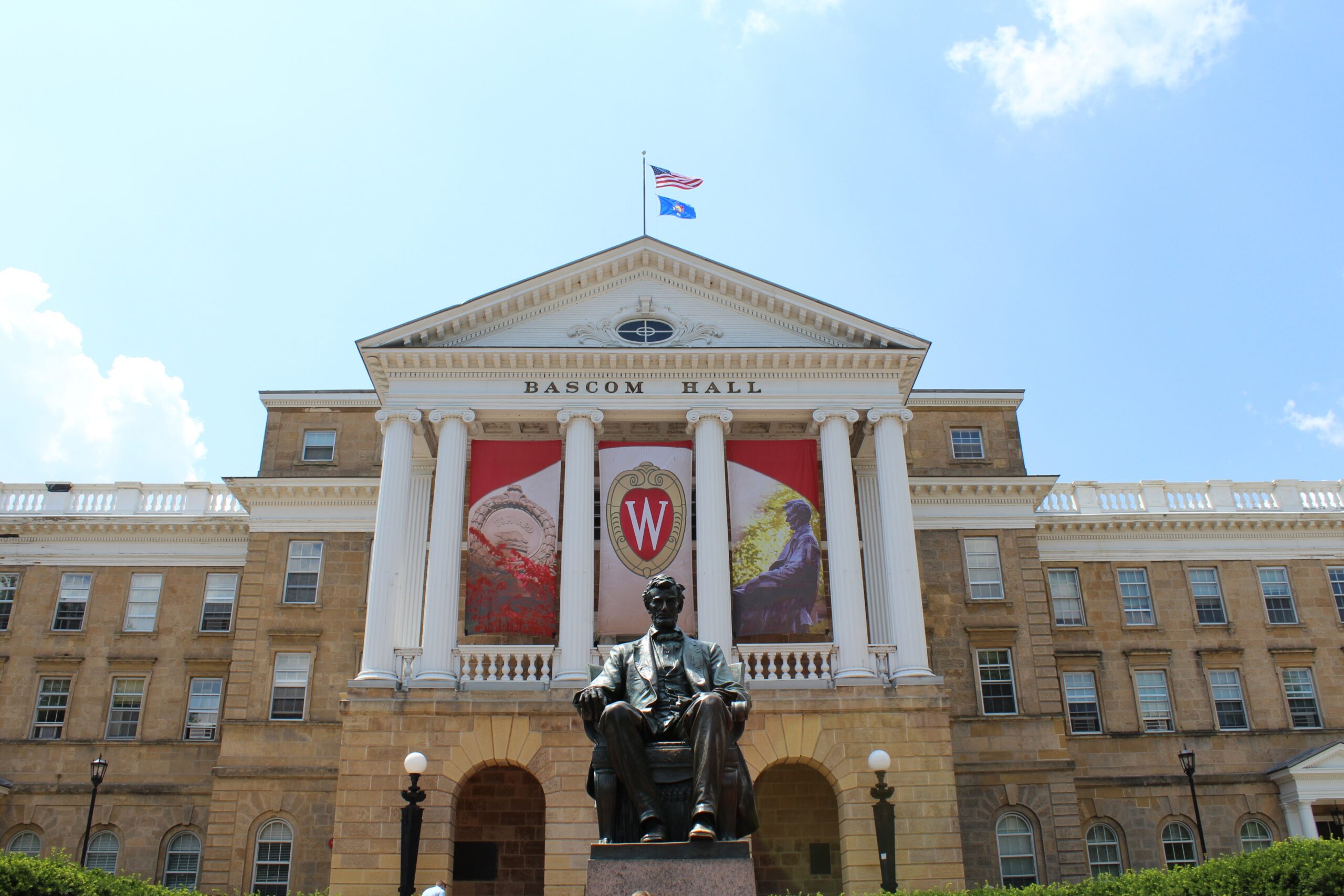The University of Wisconsin System has released details of how all of the state’s campuses are managing the $250 million reduction to their state funding in the current budget. The documents were first published by the Wisconsin State Journal.
All campuses systemwide have made or are planning cuts to academic and staff positions. UW-Eau Claire shaved 15 percent of its workforce, while UW-Milwaukee is planning to shed about 300 additional positions by 2019. UW Colleges highlighted staffing cuts that could leave the schools’ advisors each serving as many as 533 students each.
These types of cuts are familiar to public colleges and universities across the country.
News with a little more humanity
WPR’s “Wisconsin Today” newsletter keeps you connected to the state you love without feeling overwhelmed. No paywall. No agenda. No corporate filter.
“During the first years after recession, virtually every state reduced its support for higher education on both a per-student basis and on an overall basis,” said George Pernsteiner, president of the State Higher Education Executive Officers Association, which publishes an annual report on trends in state funding for higher ed.
“Unfortunately it’s become more and more difficult to provide services to students, so it’s ultimately the students who are suffering because of these cuts,” said Bob Birgeneau, former chancellor of the University of California Berkeley and co-chair of The Lincoln Project, which is focused on access and excellence in public higher education.
The UW campuses in River Falls, Stevens Point, Superior, Whitewater, Eau Claire, Milwaukee, Oshkosh and Platteville included larger class sizes, fewer course sections and/or reducing or combing programs in the overview of the impacts funding decreases have had.
Schools also mentioned delays in facility updates and maintenance, cuts to technology spending and an inability to increase enrollment in high-demand fields like nursing.
Wisconsin’s most recent reductions to state support for higher education buck a national trend of a small rebound in state spending on colleges and universities over the last few years since the cuts of the Great Recession years.
UW-Stevens Point reported state funding covered 50 percent of the campus budget in 1972, while it accounts for just 13 percent today. At UW-Green Bay, state funding fell from 41 percent of the school’s budget in 1995 to 17 percent this year.
In 2014, the State Higher Education Executive Officers Association’s state funding report showed tuition approaching 50 percent of all higher education revenues in the state.
“Then is it really a true public higher education?” said Michael Mitchell, a policy analyst for the Center on Budget and Policy Priorities.
He said schools across the country have shared the same goals in making the kinds of cuts Wisconsin campuses are making now.
“Universities are doing a lot to try to save where they can in their budgets to provide some of the core classes and core coursework that students need,” said Mitchell.
In a recent report, the Lincoln Project laid out recommendations for stabilizing the public higher education system, which included shoring up state funding, entering into more partnerships with private organizations, improving programs to retain and graduate struggling students and creating robust alumni giving operations like private colleges already have.
“More and more public institutions are going to have to call on their graduates who benefited from their educations at those schools to give back very generously to make sure this generation of students has the same quality of education that they had,” Birgeneau said.
UW regents have said they are planning visits to campuses across the state to learn more about the impacts of budget cuts.
Wisconsin Public Radio, © Copyright 2025, Board of Regents of the University of Wisconsin System and Wisconsin Educational Communications Board.

